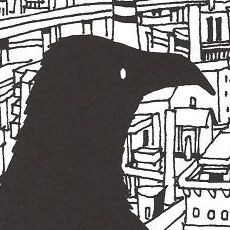Tag: rurouni kenshin
-
Dear anime industry, think before you tweet
/
Read More →: Dear anime industry, think before you tweetMy name is Dengar and I have a problem. My problem has a name, Twitter. Ever since I joined, I’ve been addicted to getting rapid news updates. It’s particularly convenient as a way to track anime news from companies like Funimation, Aniplex and Viz. Most of the tweets from the companies are acceptable, if not…
-
Yankee-kun to Megane-chan and the world of shounen manga apprentices
Read More →: Yankee-kun to Megane-chan and the world of shounen manga apprenticesI’ve always found the idea of an apprentice palatable. The idea of learning directly from a ‘master’ on real-world projects is, to me, a better way of doing things. Over my years in university I can’t count how many lazy students (including the lazy student in the mirror) I’ve met who slack off simply because…
-
Rurouni Kenshin: Trust & Betrayal – Jaded no more
/
/ ReviewsRead More →: Rurouni Kenshin: Trust & Betrayal – Jaded no moreI was suffering from anime burnout earlier this evening and rather than try to watch something new (and inevitably hate it with this jaded perspective), I decided I’d dip back into my ever-growing DVD collection, pull out a classic I knew I’d love and rediscover my passion for anime. Rurouni Kenshin: Trust & Betrayal is…
